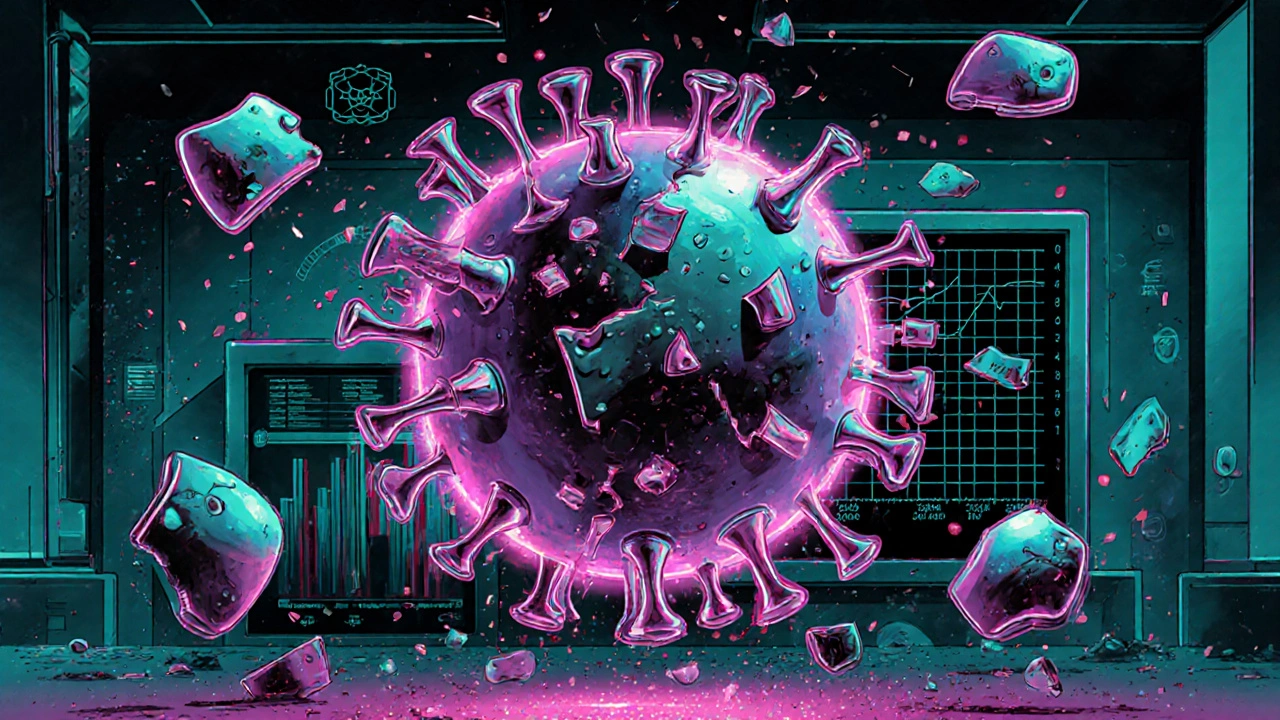Antiretroviral Therapy: Your Practical Guide to HIV Treatment
If you or someone you know has HIV, the first question is usually, "How do I keep the virus in check?" The answer is antiretroviral therapy, or ART. It’s a mix of medicines that block the virus from copying itself, letting the immune system recover and stay strong.
How ART Works in Simple Terms
Think of HIV as a sneaky burglar that breaks into your cells and makes copies of itself. ART plants roadblocks at different stages of that break‑in. Some pills stop the virus from entering the cell, others stop it from turning its genetic code into new virus particles, and a few stop the final assembly of new viruses. By hitting the virus in several spots, the drugs keep the overall viral load low – often below the level labs can even detect.
When the virus is suppressed, you feel healthier, the risk of transmitting HIV drops dramatically, and long‑term complications like heart disease or kidney damage become less likely. That’s why staying on your ART plan is key.
Choosing the Right Regimen
Doctors usually start you on a once‑daily combo pill that contains three drugs. This keeps dosing simple and cuts down on pill fatigue. The most common backbone includes two nucleoside reverse transcriptase inhibitors (NRTIs) plus a third drug from a different class, such as an integrase inhibitor.
Some people need a different mix because of side‑effects, other health issues, or drug interactions. Your doctor will look at your blood tests, medical history, and lifestyle before picking the best combo.
Popular first‑line combos include:
- Dolutegravir + Tenofovir + Emtricitabine
- Bictegravir + Tenofovir Alafenamide + Emtricitabine
- Raltegravir + Tenofovir + Emtricitabine
All of these are taken once a day, with or without food.
Side‑effects you might notice
Most people feel fine after a week or two, but some experience nausea, headaches, or mild fatigue. Those usually fade as your body gets used to the meds. If you get a rash, trouble sleeping, or any new symptoms, call your provider right away – they can adjust the regimen before problems get worse.
Regular blood work is a must. Your doctor will check viral load and CD4 count every few months. If the virus creeps up, it might mean you missed doses or need a different drug combo.
Sticking to the schedule
Missing doses is the biggest reason ART fails. Set a daily alarm, pair your pill with a routine activity like brushing teeth, or use a pill box. If you travel, pack extra meds and keep them in your carry‑on bag.
Many pharmacies now offer refill reminders via text or app. Take advantage of those tools – they make it easier to stay on track.
Living a Full Life on ART
With modern ART, people with HIV can expect near‑normal lifespans. You can work, exercise, and have relationships just like anyone else. Keep up with regular check‑ups, maintain a balanced diet, stay active, and avoid smoking or excessive alcohol.
Remember, ART is a partnership between you and your healthcare team. Ask questions, report side‑effects, and never skip a dose without talking to your doctor. Staying informed and consistent gives you the best chance to keep HIV under control and live well.
Darunavir vs Other Protease Inhibitors: Which HIV Treatment Works Best?
Darunavir is one of the most effective protease inhibitors for HIV, especially for those who've tried other drugs. Learn how it compares to lopinavir, atazanavir, and newer treatments in terms of effectiveness, side effects, and long-term safety.
Breaking the Stigma: Abacavir and Modern HIV Treatment Realities
Explore the stigma around abacavir in HIV care, demystify its use, side effects, and share how open conversations can help people living with HIV thrive.

